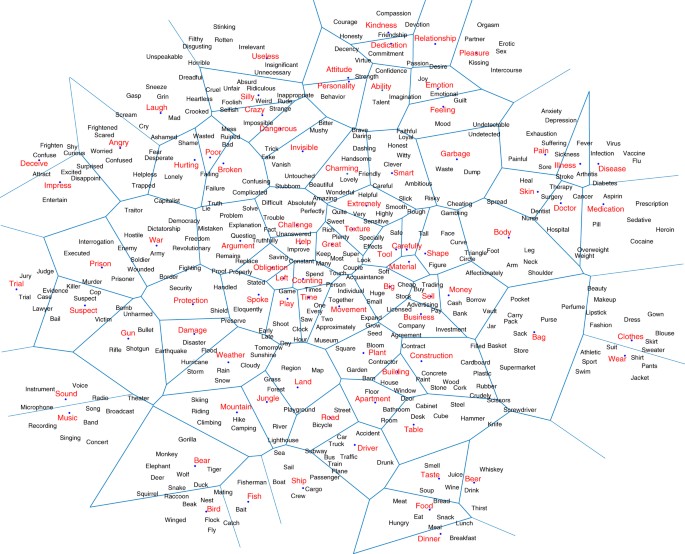From word to sentence representations. Semantic roles. Resources: PropBank, VerbNet, FrameNet. Semantic Role Labeling (SRL): traditional features. State-of-the-art neural approaches.
Semantic parsing: definition, comparison to Semantic Role Labeling, approaches, a recent approach in detail. The Abstract Meaning Representation formalism. Introduction to machine translation (MT) and history of MT. Overview of statistical MT. The EM algorithm for word alignment in SMT. Beam search for decoding. Introduction to neural machine translation: the encoder-decoder
neural architecture; back translation; byte pair encoding. The BLEU
evaluation score. Performances and recent improvements. End of the
course!







